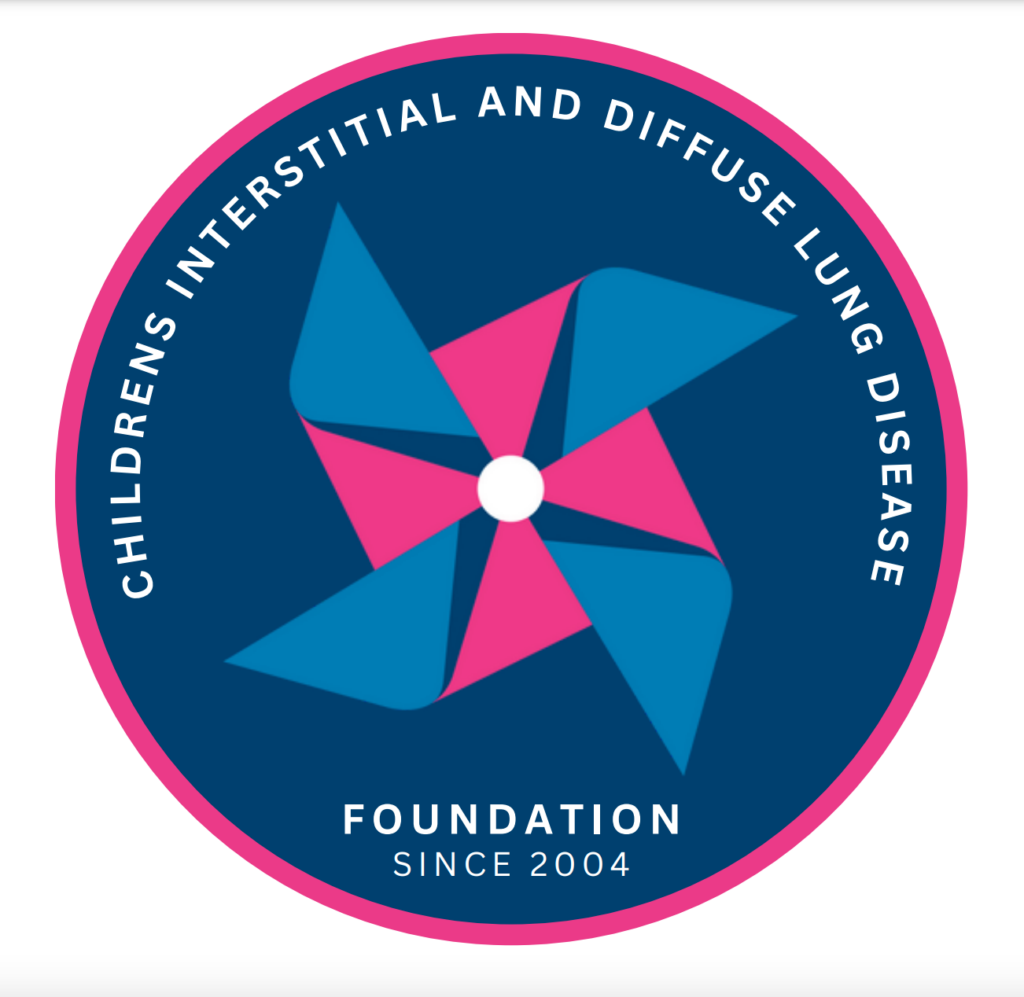What is Idiopathic Pulmonary Hemosiderosis (IPH)?
IPH is a bleeding problem in the lungs of children. Children may have cough and trouble breathing. They may cough or vomit up blood. They can be tired from loss of blood (anemia).
Bleeding happens in the lower lung air spaces (alveoli). Children can have small or bigger bleeding events in the lungs. These events can happen over and over again. It is called idiopathic when no other cause is found.
Diagnosis:
IPH is possible when children have trouble breathing and low red blood cell counts (anemia). Some children may cough up blood. Some children never do, even when they are bleeding in the lungs.
- A chest x-ray may show areas of pneumonia
- A lung scan (chest CT) may show many areas of pneumonia or fluid in the lungs. This fluid is blood filling the air sacs (alveoli). Sometimes areas of scar can be seen.
- A lung scope (bronchoscopy) can show normal airways. The lung wash (lavage) will show signs of blood deeper in the lungs. The fluid may look bloody during the scope. It may also show blood when doctors look at it using a microscope.
- A complete blood count (CBC) may show low red blood cell counts (anemia).
- A lung biopsy is sometimes needed for the right diagnosis. This will show bleeding in the lung that does not match other lung problems.
It is important to rule out bleeding in other areas of the body. Doctors will look for bleeding in other places like the nose, mouth, stomach or esophagus (swallowing tube). There are some genetic tests available for rare causes of lung bleeding in children. Testing to rule out vasculitis should be done. Some children with IPH also have Celiac disease. Blood testing for this can be done as well.
Treatment:
Treatment of IPH is mostly to support breathing. Children may need oxygen to help keep their oxygen levels normal. They may need positive pressure to help them breathe oxygen in and carbon dioxide out. Children who are very sick with IPH may need to be in the intensive care unit for help breathing.
Medicines are used to block inflammation in the lungs. The most common medicines are steroids. Other medicines to block inflammation include cyclophosphamide, hydroxychloroquine, azathioprine, mycophenolate, and rituximab. For patients with celiac disease, a gluten-free diet may help stop bleeding events.
What does IPH mean for my child?
IPH can cause different levels of illness in different children. Some children only have mild bleeding in the lungs. Some children have very bad bleeding that can make them very sick. Some children can die from lung bleeding. It is important to start treatment early to support breathing and treat inflammation. Some children need to stay on medicines for a long time to keep from bleeding.
It is important to protect your child’s lungs from infection by making sure they get the recommended vaccines.
What to watch out for:
- If your child is working hard to breathe, talk to a health care provider. If possible. ask to see a lung specialist who is experienced with these conditions.
- Try to prevent infections from common childhood illnesses. Wash your hands often and ask your friends and family to let you know if they are sick before they are around your child.
- Get your child’s vaccines and yearly flu shot.
This information is for Educational Purposes only. It should not be used as a substitute for the medical advice of one’s healthcare provider.
Sign Up on our website for information about events and to communicate with other families.
Author(s): Jenny Cheng Reviewer(s): Katelyn Krivchenia Version: 1.0
